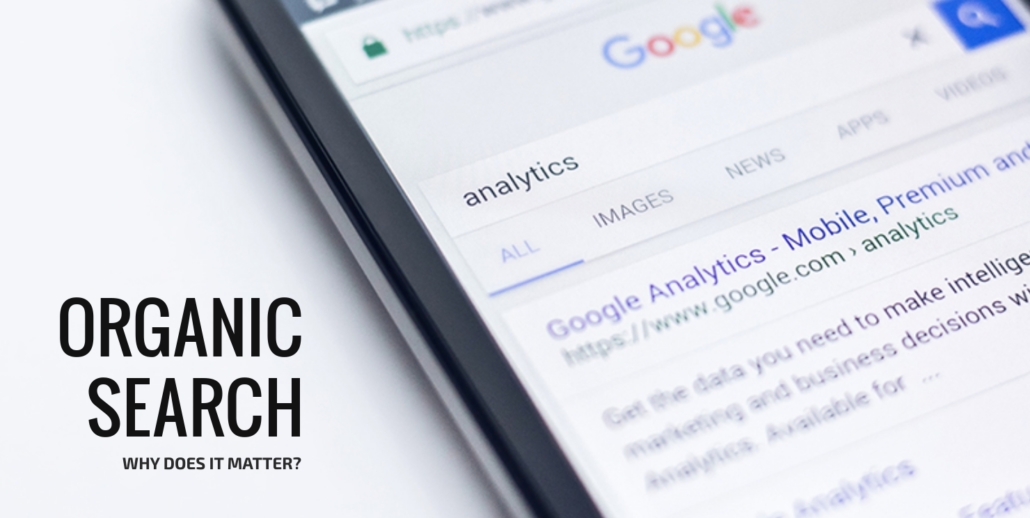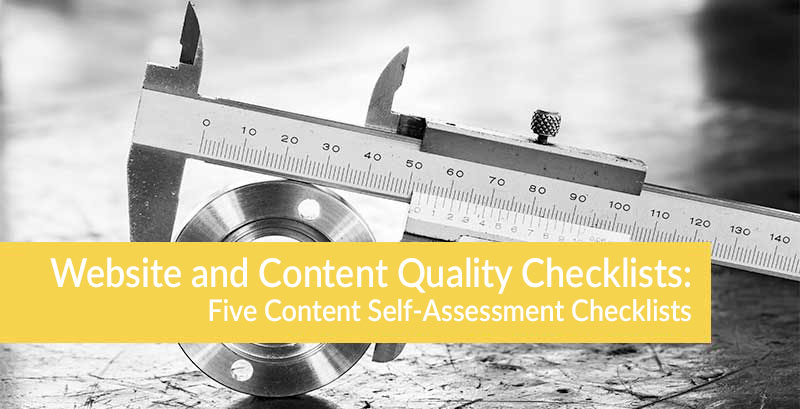We answer your questions about moving from UA to GA4
On July 1, 2023, Google is sunsetting Universal Analytics (UA). This means you need to make the move to Google Analytics 4 (GA4) now.
It’s not just us who think you should move to GA4 now – Google wants you to do it now as well. Way back on March 16, 2022, Google said:
Make the move over to Google Analytics 4 as soon as possible to build the necessary historical data before Universal Analytics stops processing new hits.
We know it can be intimidating to move to a new tool. Especially when this tool is pivotal in understanding customer journeys.
To help ease your transition to GA4, we asked Eric Gesinski, of Tulsa Marketing Online and a Know Agency partner, the questions we’re hearing from you about GA4.
Q. Why is it important to migrate to GA4?
Eric says: Primarily because UA is scheduled for sunsetting on July 1. No information will be recorded into UA accounts after that.
GA4 is Google’s “next step” for analytics, so learning how to adjust to the new platform is important to maintain a Google-based analytics solution.
Q. Why do I need to migrate before the July 1, 2023, deadline? Why can’t I wait?
Eric says: If you wait, there will be no way to compare current data in UA to GA4 data accurately so you will not know the differences and how to adjust your reporting.
And if you don’t do it before July 1, there’s potential to have a period of time with NO data. It’s best to get started as soon as possible.
Q. How do I migrate from UA to GA4?
Eric says: There is currently no set direct migration option to move from UA to GA4, but Google has created a “Setup Assistant” within the GA4 Analytics Property.
One of your most important migration goals is to identify all KPIs and goals that are important in UA and to set them up as “conversion events” within GA4. The Setup Assistant can help by importing conversions that have been configured for importing. Note: The Setup Assistant cannot import all UA goals (it depends on how the goals have been configured in UA) but it is a good start.
Q. I’m worried I might break something when migrating to GA4. What do I need to be aware of?
Eric says: As long as you start before the UA sunset date, you will have time to look for any issues that arise before GA4 is the only option.
UA and GA4 can operate simultaneously, so keeping consistency with UA to operate as the “control” is a good way to identify any issues.
Q. Once I have GA4 setup, what do I do next?
Eric says: Once GA4 is set up and installed, you should make sure you have your conversion events set up. At the very least, begin identifying which events you will place as your conversion events and how you will make these display in GA4.
You can start by getting help from the Setup Assistant in the GA4 Property.
Q. Do I need to have Google Tag Manager installed to move to GA4?
Eric says: You do not need to have Google Tag Manager (GTM) installed to move to GA4. However, it is strongly recommended that you do have GTM installed.
GTM makes it much easier to enable KPI and event tracking with a seamless transition from event triggers to reported events in GA4. GTM is excellent at pulling available data and user interfacing from the website, app, or server and turning these into GTM “triggers”.
Q. Do my current events and goals transfer from UA to GA4?
Eric says: Not automatically, but the GA4 Setup Assistant can help you move some UA goals over into conversion events in GA4.
Q. What are the biggest data differences between GA4 reports and UA reports?
Eric says: The primary difference between reporting in GA4 and UA is that GA4 uses events for all reporting. Anything that can be measured is now identified as an event for that measurement.
This includes items such as “page_view”, “form_submit”, “click”, and “video_progress”. These are all recorded events, some of which were not included as measurements within UA.
Q. What are the best ways to use GA4 reports?
Eric says: GA4 is still going through revisions and changes so there is not a definitive ideal reporting approach yet. However, some custom reports can be built by using the “Explore” option within GA4 to set up custom charts and tables, similar to the Dashboard reports in UA.
Other reports can be built by moving through the “Reports” option in GA4 to see the different sections (such as Acquisition or Engagement) and then clicking “Customize Report” to build an exportable report from the data on these pages.
All of these reports can be customized, saved as current or new reports, and then shared as a downloadable file or a shared link.
Q. What are the biggest pitfalls to be aware of when moving to GA4?
Eric says: The major pitfalls to be aware of when moving to GA4 are not identifying crucial KPIs that UA was used for and not identifying a way to record these within GA4. Once UA is gone, there is no easy way to set up new events/conversions and compare them to the previous UA configuration.
And remember, GA4 is still going through frequent changes – so it is important to be aware of this and of the major differences in your report configurations as we get closer to the UA sunset date.
Do you have questions about GA4 and moving on from UA? Contact us. We’re here to help you.
About Eric Gesinski
Eric Gesinski is an investor, a marketer, and a software engineer. He took his love for technology and programming online in 2005 when he began working with Google AdWords. Using that experience and knowledge, he started his first company in 2008, founding Tulsa Marketing Online in order to help other businesses grow with digital marketing and advertising. Since then he has continued learning in order to help businesses grow through marketing, advertising, and analytics.



